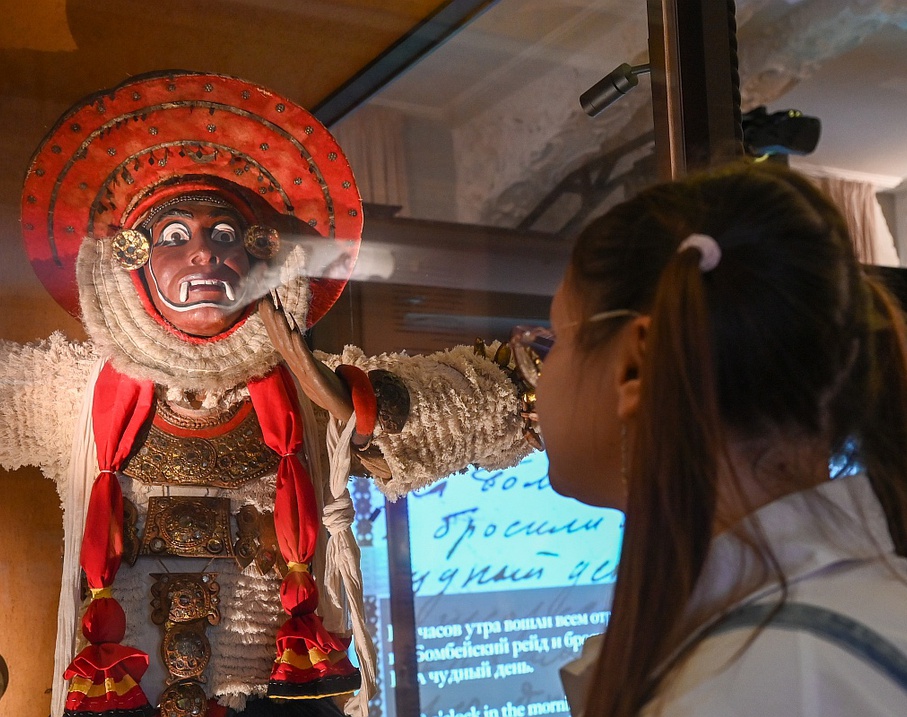
The director of the Museum of Anthropology and Ethnography, Andrei Golovnev, noted that Peter I was the first and main collector of the museum's collection, as he founded Kunstkamera. And the second largest collection, especially impressive is his Indian collection, belongs to Nicholas II. That is why the hall where the artifacts are exhibited is named after him - Nikolaevsky.
The museum has arranged it so that the destinies of the two emperors, who did a lot for Kunstkamera, are echoed in neighboring halls. The Nikolaevsky Hall reflects in detail the journey of the future tsar - Crown Prince Nicholas Alexandrovich Romanov to the East, as well as the collection gathered by Russian ethnographers Alexander and Lyudmila Mervart during the expeditions of 1914-1918.
Some exhibits were not presented at the previous "India" exhibition, and others were undergoing restoration. A total of more than 1,500 valuable items were examined for preservation. The restoration of one of the most spectacular exhibits - an Indian shield from the 18th century, richly decorated with silver ornamentation and bright painting, was carried out by the young specialist Dmitry Volzhin. Now all of this can be seen in Kunstkamera.
The opening of the exhibition was attended by the head of the mission of the Embassy of the Democratic Socialist Republic of Sri Lanka, P.M. Amza, and the head of the Consulate General of the Republic of India in St. Petersburg, Kumar Gaura.

















